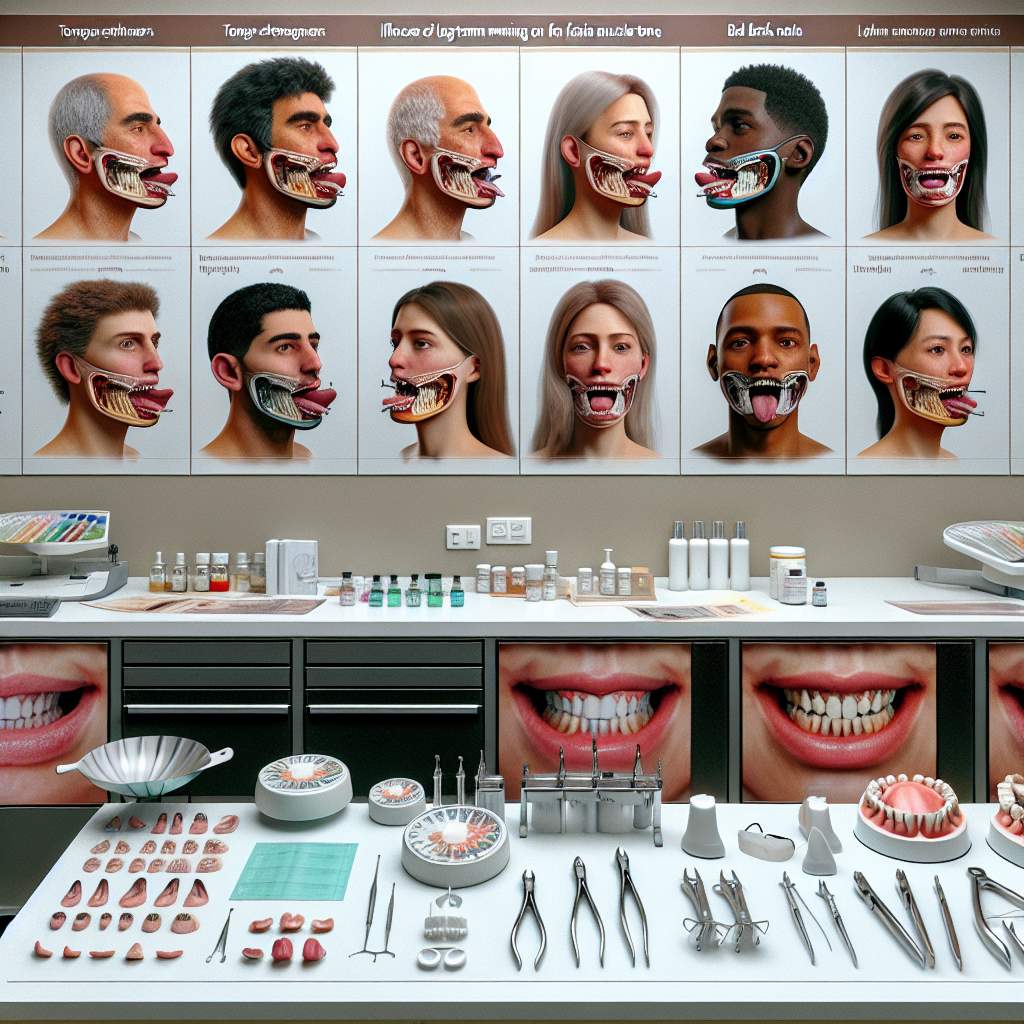How do long-term mewing practices influence facial muscle tone?
Long-term mewing practices can significantly improve the strength and tone of facial muscles. By consistently positioning the tongue against the roof of the mouth, mewing activates and strengthens various facial muscles, leading to a more defined jawline and improved facial structure. Over time, this practice not only enhances muscle tone but also promotes better posture and breathing patterns.

How does mewing work to enhance facial muscle tone?
Mewing is a technique that involves placing your tongue against the roof of your mouth. This position is held throughout the day. By doing this, you’re actually working out the muscles in your face and neck.
The idea is that over time, this constant pressure and positioning can help shape your jawline and improve overall facial structure. It’s like giving your face a little workout every day without having to go to the gym.
What are the primary muscles affected by mewing?
When you practice mewing, the main muscles you’re targeting are in your jaw, neck, and around your mouth. These include the masseter muscle, which helps you chew, and the temporalis muscle on the side of your head.
Other important muscles involved are the genioglossus muscle, which moves your tongue, and various throat muscles. These all work together when you’re mewing to potentially strengthen and tone your facial structure.
Can mewing replace traditional facial exercises?
Mewing might seem like a simple solution for toning facial muscles, but it’s not exactly a replacement for traditional exercises. Traditional facial exercises are designed to target specific areas with precise movements.
While mewing works more passively by maintaining a certain tongue posture, it doesn’t provide the same targeted action as exercises meant specifically for each part of the face. So, both methods could be beneficial in their own ways.
How long does it take to see results from mewing?
Seeing results from mewing can vary greatly from person to person. It’s not an overnight solution; it requires patience and consistency. Some people might start noticing changes in a few months, while for others it could take longer.
The key is to keep at it every day. Over time, with continuous effort, changes in facial muscle tone and structure can become more apparent. Remember, everyone’s body reacts differently so give it time.
| Facial Muscle | Effect of Continuous Mewing | Notes |
|---|---|---|
| Masseter (Jaw Muscle) | Increased Strength and Tone | Mewing involves the jaw in a way that can lead to stronger masseter muscles over time. |
| Buccinator (Cheek Muscle) | Potential Decrease in Hypertrophy | Proper mewing technique encourages less use of the buccinator muscles, which can reduce their size and prominence. |
| Mentalis (Chin Muscle) | Improved Tone | Mewing can help tone the chin area by promoting proper tongue posture, indirectly engaging the mentalis muscle. |
| Orbicularis Oris (Muscle Around the Mouth) | Mildly Increased Tone | The orbicularis oris may be engaged slightly during mewing, potentially leading to increased tone around the mouth. |
| Tongue Muscles | Significantly Increased Strength and Tone | The primary focus of mewing is on correct tongue posture; thus, continuous practice significantly strengthens and tones tongue muscles. |
Are there any risks associated with long-term mewing practices?
Mewing, when done correctly, is generally safe. However, if not practiced properly, it can lead to some issues. For example, applying too much pressure with the tongue or incorrect positioning can cause jaw pain or discomfort.
Another risk involves the potential for developing an improper bite or alignment issues if mewing techniques are exaggerated or misapplied. It’s important to follow guidelines carefully and avoid overdoing it.
How can one ensure they are practicing mewing correctly for maximum benefits?
To make sure you’re mewing correctly, start by placing the entire tongue against the roof of your mouth. Your tongue should be flat against the palate, not just the tip. This helps engage the correct muscles.
Additionally, keeping your lips together and teeth slightly touching but not clenched is essential. Practicing in front of a mirror can help at first to ensure you’re doing it right. Consulting with a professional like an orthodontist or speech therapist can also provide guidance and reassurance.
What additional exercises or practices complement mewing for facial fitness?
Apart from mewing, other exercises can enhance facial fitness and muscle tone. Jaw exercises, like opening and closing your mouth while resisting with your hand, can strengthen jaw muscles. Chewing mastic gum is another popular method that works similar muscles as mewing.
Facial yoga is also beneficial as it targets various facial muscles through specific movements and expressions. These practices combined with proper hydration and nutrition support overall skin health and muscle function.
Final Thoughts
Mewing offers a natural way to improve facial structure and muscle tone when done correctly and consistently. While there are some risks if practiced improperly, educating yourself on the correct technique minimizes these concerns.
Incorporating complementary exercises enhances results further. Remembering that changes take time and patience is key to seeing benefits from these practices.







